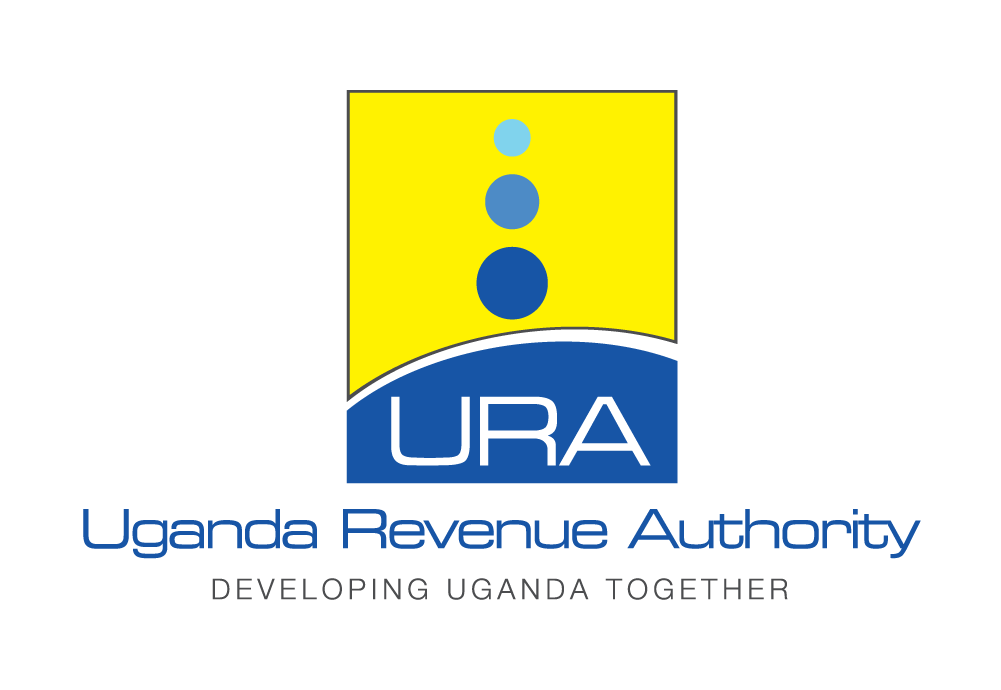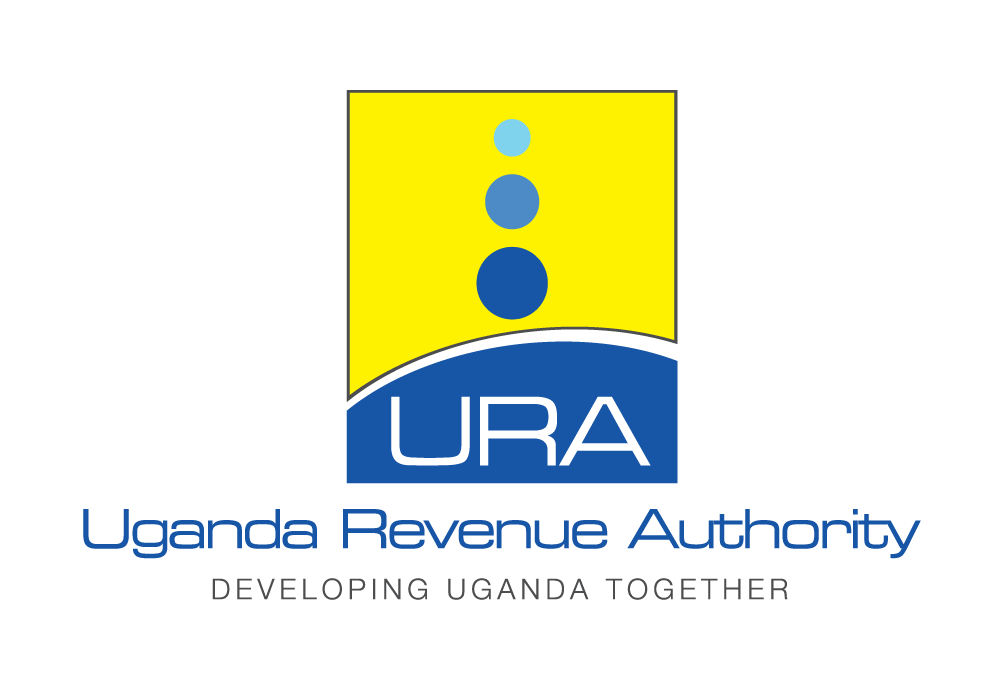- Home
- Whistleblowing
Whistleblowing
What is whistle blowing?
Whistle blowing refers to the act of bringing URA’s attention activities that may potentially be illegal, unethical or in breach of URA’s policies, standards and regulations, most of which are negatively impacting on revenue mobilization.
A person or entity making a protected disclosure. Whistle blowers may be employees, applicants for employment, contractors, or the public. The whistle blower’s role is that of a reporting party.
For matters to do with reporting non-compliance to revenue, URA staff are not allowed to whistleblow given the access they have regarding such cases.
Yes. The Tax Procedures Code Act specifies two categories of rewards that shall be given to an informer who provides information leading to identification or recovery of tax/duty.
|
Category |
Reward |
|
Providing information leading to identification of unassessed tax or duty |
1% of the tax or duty assessed or Ugx 15 million, whichever is lower |
|
Providing information leading recovery of unassessed tax or duty |
5% of the tax or duty recovered or Ugx 100 million, whichever is lower |
The whistle blower’s identity is protected by the Whistle blowers Act against among others, victimization, court action, and state protection
Disciplinary proceedings may be initiated against any staff members who is proved to have retaliated against the whistle blower. All reasonable steps will be taken by URA to maintain the highest level of confidentiality. Should the situation arise where the issue cannot be properly investigated and/or resolved without disclosing the individual identity, then the responsible designated officer handling the case will inform the whistle blower and will discuss whether and how the investigation will proceed. Any unwarranted breach of confidentiality under circumstance may give rise to disciplinary action.
- A disclosure of impropriety may be made orally or in writing.
- All forms of information communication technology may be used to convey a disclosure.
- The disclosure shall contain as far as practicable; –
- the full name, address and occupation of the whistleblower;
- the nature of the impropriety in respect of which the disclosure is made;
- the name and particulars of the person alleged to have committed, who is committing or is about to commit the impropriety;
- the time and place where the alleged impropriety is taking place, took place or is likely to take place;
- the full name, address and description of a person who witnessed the commission of the impropriety;
- whether the whistle blower has made a disclosure of the same or of some other impropriety on a previous occasion and if so, about whom and to whom the disclosure was made; and
- if that person is making an employment related disclosure, whether the whistle blower remains in the same employment.



